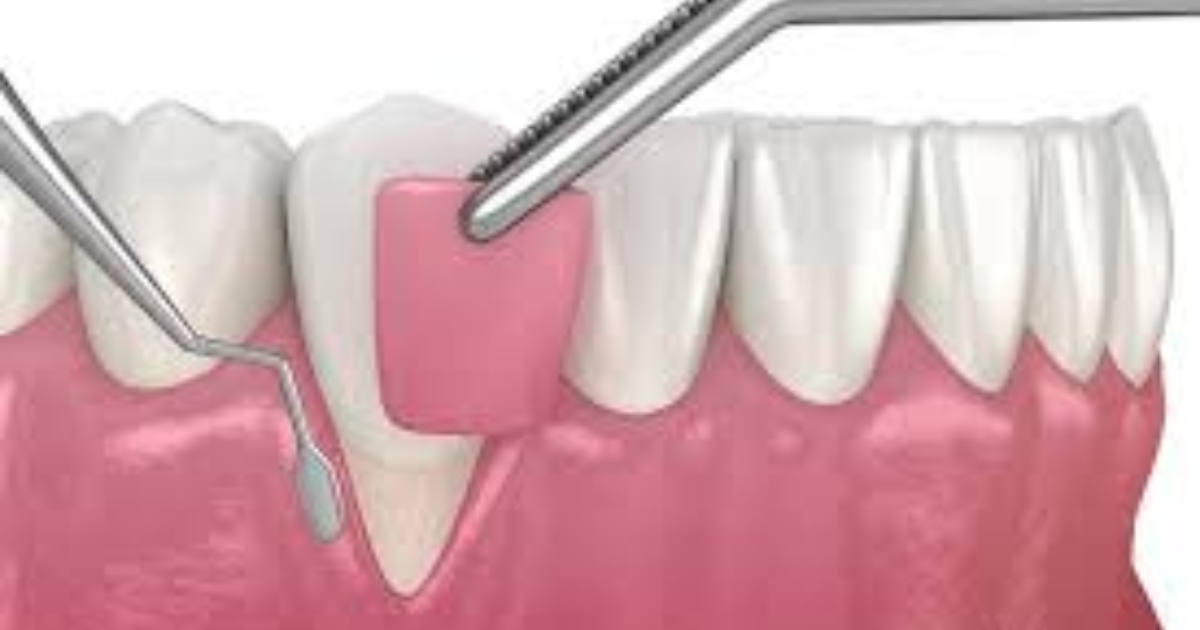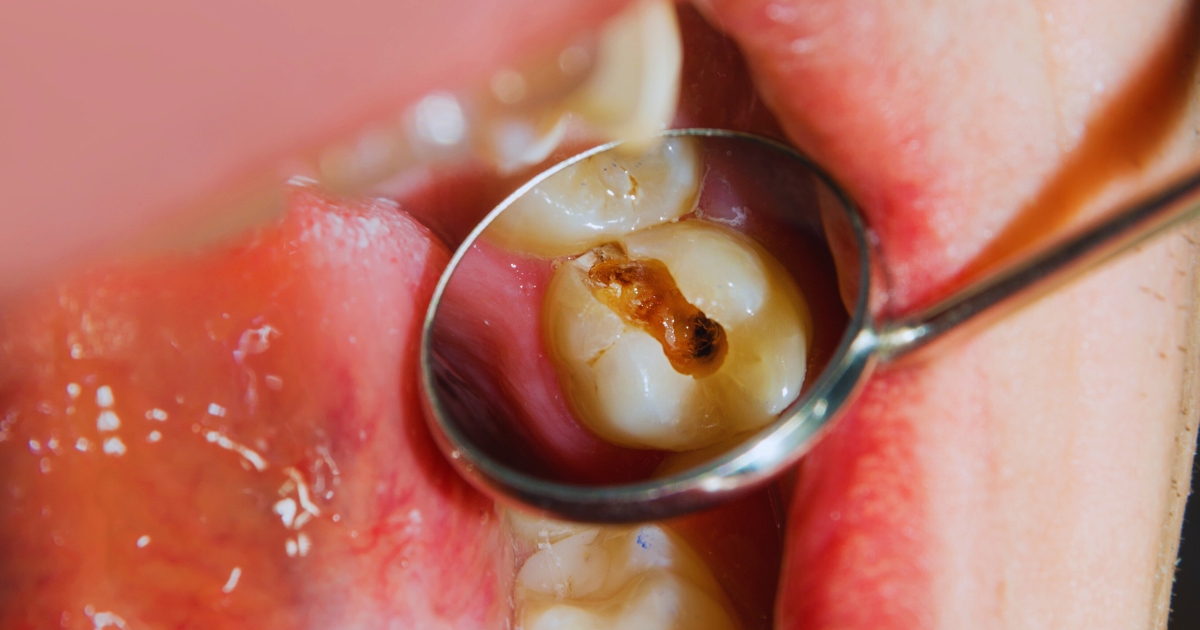Call Us Today 817-737-7668

A beautiful smile starts with a strong foundation—and that includes more than just your teeth. If you’re considering dental implants, you might wonder why gum tissue health matters. Many people overlook the role of the gums, but healthy, resilient gum tissue is essential for implant success. Without it, implants may lack the stability and protection they need to function well and look natural over the long term.
Gum tissue grafting provides the support dental implants require by ensuring there’s enough strong, healthy tissue around the implant site. This procedure helps create a firm base that guards against future complications like gum recession and peri-implantitis.
In this blog, we’ll explore why gum tissue grafting makes a difference, what the procedure involves, and how it enhances both the function and appearance of your new implant. If you’re aiming for a lasting, confident smile, understanding gum health could be your first step in ensuring the best results from your dental implant journey.
What is Gum Tissue Grafting?
Gum tissue grafting is a procedure that restores and strengthens the gums around your teeth or implant areas. When gum tissue is thin or receding, grafting adds healthy tissue to create a more durable and supportive foundation. This is especially important before dental implants, as strong gum tissue is essential for the implant’s success. Here are the main types of gum grafts that dentists commonly recommend:
- Connective Tissue Graft: The most common type, a connective tissue graft takes tissue from the roof of the mouth and places it under the gum to reinforce thin or receded areas. This method offers excellent results for building up gum volume.
- Free Gingival Graft: This type takes a small amount of tissue directly from the roof of the mouth and places it on the receding gum area. It’s ideal for patients who need to thicken existing tissue but may not have severe recession.
- Pedicle Graft: In this approach, the graft tissue is partially cut and stretched to cover nearby exposed roots. This method requires sufficient surrounding gum tissue and is useful for localized issues.
Why Gum Health Matters for Dental Implants?
Healthy gums create a secure, bacteria-resistant environment around dental implants, allowing them to bond effectively with the jawbone. When gums are strong, they form a tight seal around the implant, reducing exposure to bacteria and lowering risks of complications. Here’s why gum tissue grafting plays a key role in implant success:
- Support for Implant Integration: Strong gums cushion the implant and facilitate integration into the jawbone. Healthy gum tissue surrounds the implant and protects it during the initial bonding period.
- Protection Against Bacteria: A tight gum seal around the implant minimizes bacterial intrusion, which could otherwise cause inflammation and compromise the implant. Grafted gum tissue reinforces this seal.
- Prevention of Recession: Gum recession can expose the implant, making it vulnerable to damage and infection. Gum grafting provides additional tissue that helps prevent recession, preserving the implant’s health and appearance.
With gum tissue grafting in Colleyville, TX, patients can enjoy a secure, long-lasting implant result that stands up to both aesthetic and functional challenges.
When is Gum Grafting Necessary Before Implants?
Gum graft surgery becomes necessary when patients show signs of gum recession, thinning gum tissue, or insufficient support for a new implant. Dentists may recommend grafting if the patient has had gum disease or previous tooth loss, which can thin the tissue. Here are situations where gum grafting may be needed:
- Receded Gums: Gum recession exposes more of the tooth root, making it harder to support an implant. Grafting builds up tissue to cover and protect these exposed areas.
- Thin Gum Tissue: Thin gums are at greater risk for future recession and may not hold an implant securely. Grafting provides a thicker, more supportive gum base.
- Damage from Previous Tooth Loss or Gum Disease: In cases where tooth loss or gum disease has weakened the gums, grafting restores strength and structure, essential for implant success.
Dentists assess the need for grafting through examinations and imaging to determine if there’s enough gum tissue to support an implant securely. Grafting ahead of time creates a stable, aesthetic, and long-term base for the implant.
The Gum Grafting Procedure: What to Expect?
The gingival grafting procedure is straightforward, usually performed under local anesthesia for patient comfort. Knowing what to expect helps ease any concerns and prepares patients for a smooth experience. Here’s a breakdown of the process:
- Preparation and Consultation: Your dentist will examine your gums, discuss options, and review your medical history. They’ll decide on the best graft type based on your gum condition.
- Anesthesia: Local anesthesia numbs the graft site and any tissue donor areas, ensuring you remain comfortable throughout the procedure.
- Grafting and Placement: Depending on the chosen graft type, the dentist will harvest tissue from either your mouth or a donor source and place it on the target area. They’ll secure it with sutures, helping it attach and integrate with existing tissue.
- Recovery and Aftercare: Most patients experience mild discomfort for a few days. Follow-up appointments monitor healing and ensure graft integration. Stick to soft foods, avoid vigorous brushing near the graft, and follow any prescribed care tips.
Benefits of Gum Tissue Grafting Before Implants
Gum tissue grafting before implants offers a range of aesthetic and functional benefits, setting the foundation for a successful implant experience. Here are some major benefits of undergoing gum grafting:
- Enhanced Implant Stability: Grafting reinforces gum tissue, providing a secure, stable base that supports the implant for the long term.
- Improved Aesthetics: The grafting procedure creates a fuller, natural-looking gum line, making implants appear as natural as possible.
- Reduced Risk of Peri-Implantitis: Healthy, thick gum tissue provides a barrier against bacteria, reducing the risk of peri-implantitis—a serious infection that can lead to implant failure.
- Better Overall Gum Health: Grafting improves gum strength and resilience, which supports oral health and prevents future complications.
Risks of Skipping Gum Grafting Before Dental Implants
Skipping gingival grafting can lead to long-term complications for dental implants, affecting both appearance and function. Here’s why ignoring the need for gum grafting could be risky:
- Increased Risk of Implant Failure: Without adequate gum support, implants may not integrate securely, leading to higher failure rates.
- Gum Recession: Thin gum tissue is more prone to recession, which exposes the implant post and compromises both appearance and health.
- Increased Peri-Implantitis Risk: Insufficient gum tissue allows bacteria to access the implant base more easily, which can cause infections like peri-implantitis.
- Aesthetic Issues: Missing gum tissue can make implants appear elongated or unnatural, detracting from a seamless smile.
Gum tissue grafting serves as a vital preparatory step for successful dental implants, enhancing stability and aesthetics while reducing risks. Investing in a strong gum foundation ensures your implant journey is built to last, protecting your oral health and restoring confidence in your smile. If you’re considering dental implants, explore how gum grafting can offer you a healthier, natural-looking result that stands the test of time.





